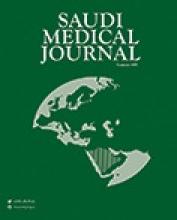Abstract
OBJECTIVE: To determine the incidence rate and factors associated with hypothermia in Iranian newborns and to discover the effect of hypothermia on neonatal morbidity and mortality.
METHODS: We selected a random sample of 1952 neonates using a multistage sampling technique from February 2004 to February 2005 in University Teaching Hospitals in Iran. We measured repeatedly at different time points the rectal temperature of these newborns. At each time of measurement, those with rectal temperature <36OC were considered as hypothermic.
RESULTS: The obtained results showed that approximately one third of newborns became hypothermic immediately after birth. In addition, the regression analysis revealed that low birth weights, prematures, low apgar scores, infants of multiple pregnancies and those who received cardiopulmonary resuscitation had higher risk for being hypothermic. It was also found that hypothermia increases the risk of metabolic acidosis, jaundice, respiratory distress, hypoglycemia, pulmonary hemorrhage and death, regardless of the newborn's weight and gestational age.
CONCLUSION: There is an urgent need to train mothers and all levels of neonatal care staff to control this health problem in our country.
- Copyright: © Saudi Medical Journal
This is an open-access article distributed under the terms of the Creative Commons Attribution-Noncommercial-Share Alike 3.0 Unported, which permits unrestricted use, distribution, and reproduction in any medium, provided the original work is properly cited.






